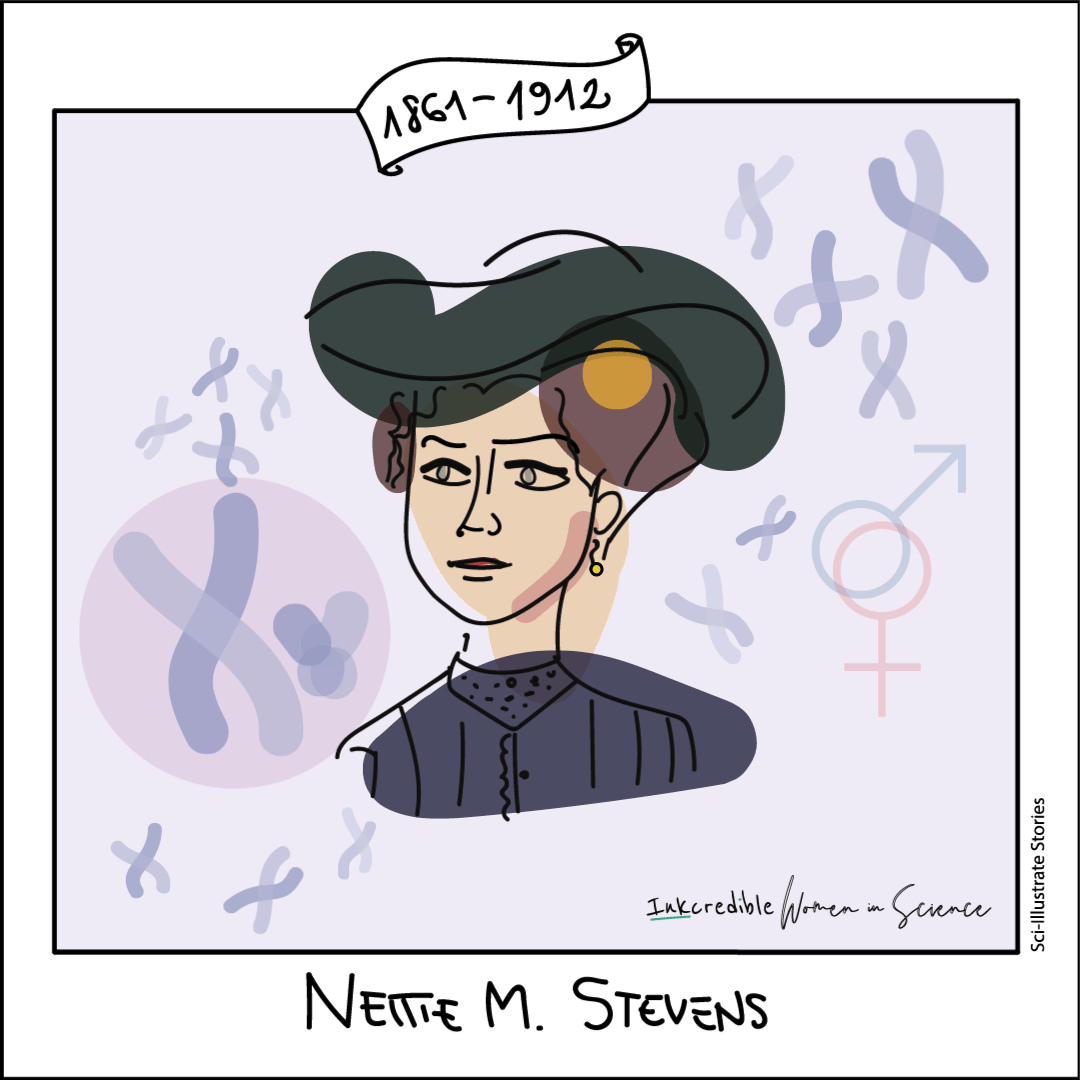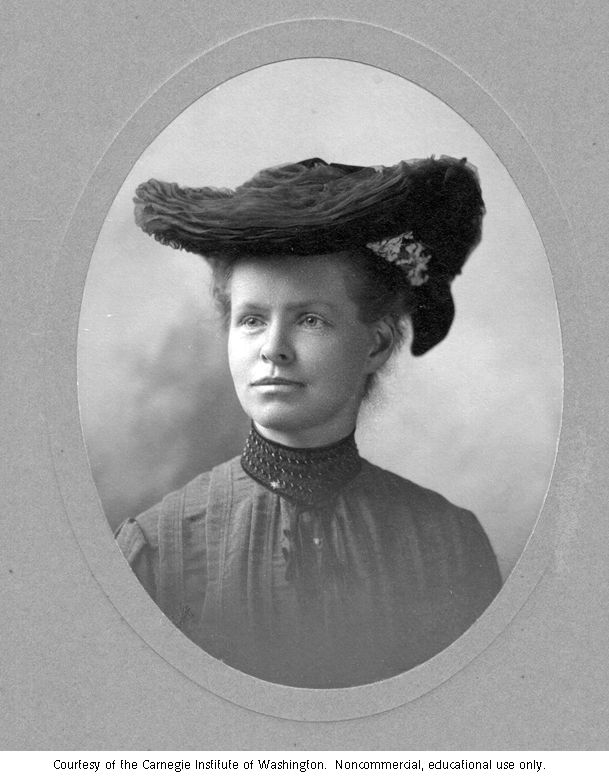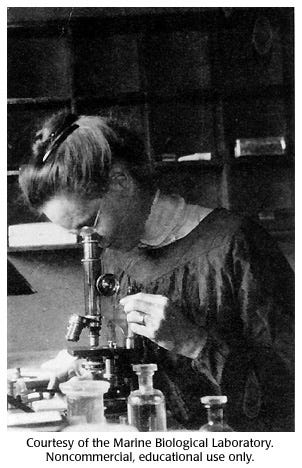Nettie Stevens: Pioneer of Sex Chromosome Discovery
Written on
Chapter 1: The Early Life of Nettie Stevens
Nettie Maria Stevens (1861–1912) was a groundbreaking American geneticist who revealed that sex is dictated by chromosomes. Her journey is one marked by unwavering determination and a clear sense of purpose.

Nettie, born during the American Civil War, faced the challenges of a society that seldom afforded women opportunities for higher education. Thankfully, her father supported her enrollment at Westford Academy, a private high school where she excelled academically. Between 1872 and 1883, only three women graduated from this institution, including Nettie and her sister.
Driven by a desire to continue her education, Nettie took on a teaching role, which provided her the financial means to pursue her studies. After teaching for three years, she enrolled at Westfield Normal School, a teachers' college, where she astonishingly completed her degree in just two years.
This pattern of working, saving, and studying continued throughout her life. After her time at Westfield, Nettie spent several years teaching science in Massachusetts, diligently saving to return to college. In 1896, she made a life-altering decision to leave her job and attend Stanford University in California, aiming for a career in science.
At 39, in 1900, she was accepted as a PhD candidate at Bryn Mawr College in Pennsylvania, under the guidance of future Nobel laureate T.H. Morgan. A fellowship allowed her to conduct part of her graduate research in Naples, Italy, and Würzburg, Germany, where T. Boveri was formulating the chromosome theory of inheritance, which identifies chromosomes as the bearers of genetic information. This period coincided with the rediscovery of Mendel's laws of inheritance.
In 1903, Nettie earned her PhD, and a year later, she accepted a research assistant position at Carnegie, focusing on heredity in relation to Mendel’s principles, especially regarding sex determination. She obtained a $1000 grant to initiate her postdoctoral research.

Her most significant contribution emerged in 1905. Through her experiments on cell division in the common mealworm (Tenebrio molitor), she discovered that varying sets of chromosomes correspond to different physical traits, leading to the differentiation of male and female offspring. She noted that female somatic cells contained 20 large chromosomes, while male cells had 19 large and one small chromosome.

Nettie identified the chromosomal basis of sex in a chromatin element, proving that the presence or absence of the Y chromosome determines sex, thereby refuting McClung's theory that relied solely on the X chromosome. During the same year, E. Wilson published findings on sex determination, albeit with a narrower focus on spermatozoa, which limited the breadth of his conclusions.

Despite her groundbreaking work, many in the scientific community were initially skeptical, including Morgan, who was frequently credited for the discoveries made by both Wilson and Stevens. Unfortunately, Nettie did not receive the recognition she warranted. Following her publication, Wilson and Morgan were invited to a significant conference, while Nettie was overlooked.
Tragically, Nettie's life was cut short when she succumbed to breast cancer in 1912 at the age of 50.

Timeline of Nettie Stevens' Life
- 1861 — Born in Cavendish, US.
- 1880 — Graduated from Westford Academy.
- 1881–1883 — Attended Westfield Normal School.
- 1896 — Enrolled at Stanford, earning a B.A. in 1899 and an M.A. in 1900.
- 1900 — Accepted as a PhD candidate at Bryn Mawr College under T.H. Morgan.
- 1903 — Awarded her PhD.
- 1904 — Took a research assistantship at Carnegie.
- 1905 — Published her pivotal paper on sex determination via chromosomes.
- 1912 — Passed away from breast cancer in Baltimore.

Artist’s Reflection
The life of Nettie Stevens feels surprisingly contemporary. Her journey into science was not straightforward, but her dedication and resilience shine through.
Her approach can be summarized as: Work hard — Save money — Study. Repeat.
Nettie’s story exemplifies how perseverance can create new opportunities and serves as a reminder that it’s never too late to start anew or develop new skills.
Chapter 2: Celebrating Nettie Stevens' Legacy
Nettie Stevens' contributions to genetics have left an indelible mark on the field. To delve deeper into her life and achievements, check out the following video:
The first video, Nettie Stevens - Unsung Heroes of Science 2022, highlights her remarkable journey and contributions to genetics.
The second video, Nettie Stevens - WCW, further explores her legacy and the impact of her work on modern science.
For more information on Nettie Stevens and her groundbreaking research, visit the references below:
References
- Nettie Stevens - Wikipedia
- Dr. Nettie Maria Stevens | Westfield State University
- The Scientific Work of Miss N. M. Stevens